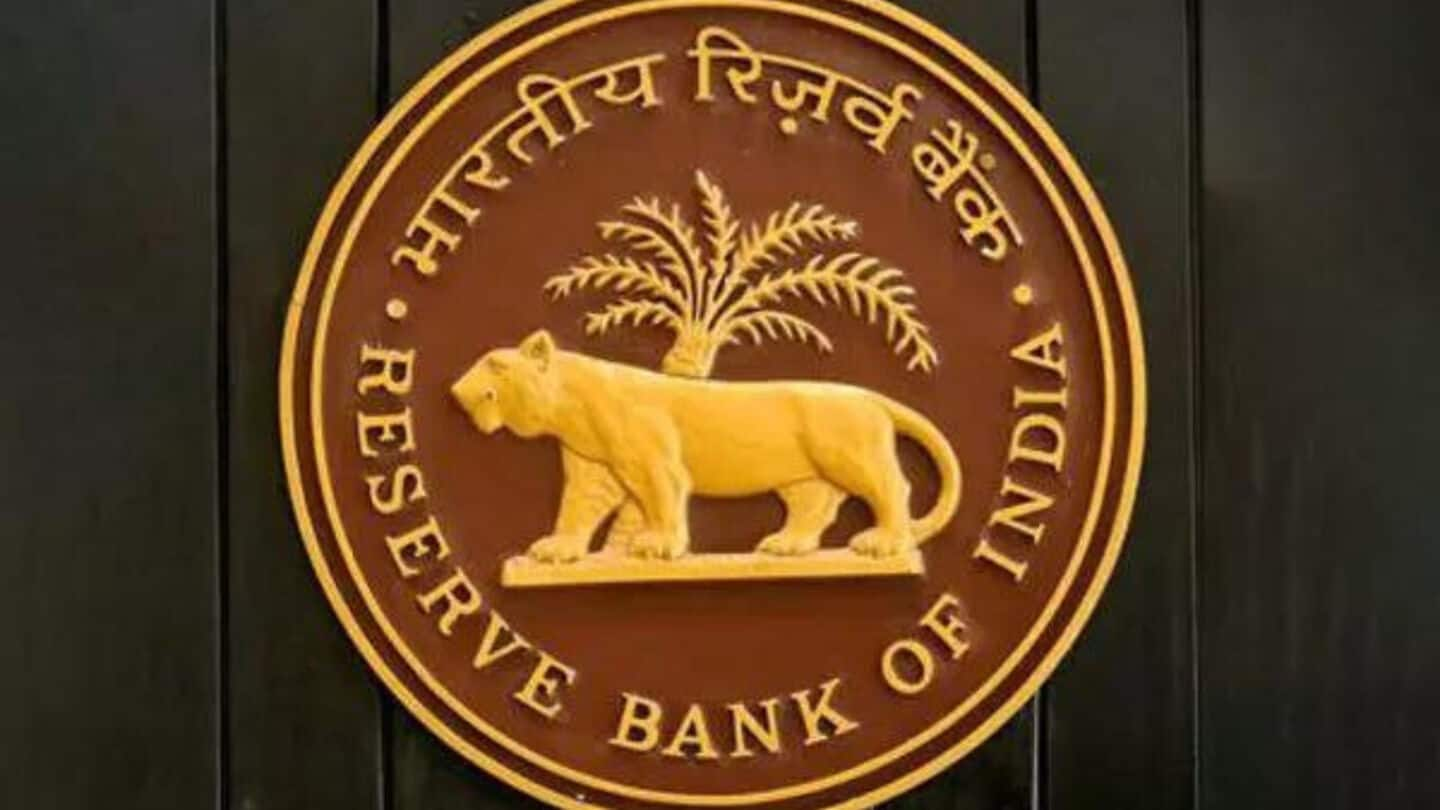
RBI proposes risk-based deposit insurance premium structure for banks
What's the story
The Reserve Bank of India (RBI) has proposed a shift from a flat-rate to a risk-based deposit insurance premium structure. The current system treats all banks the same, but this new proposal would allow stronger banks with healthier balance sheets to pay less. The move is aimed at aligning India's system with international practices and incentivizing sound risk management in the banking sector.
Premium structure
Current flat-rate system and proposed changes
Currently, all banks pay a uniform premium of 12 paise per ₹100 of deposits to the Deposit Insurance and Credit Guarantee Corporation (DICGC), regardless of their risk profile. The proposed change would use this flat rate as a ceiling, meaning no bank would pay more than what it currently does. However, banks with better financial health could end up paying lower premiums under the new system.
Framework details
Linking premiums to financial health
The proposed risk-based deposit insurance premium structure is designed to "incentivize sound risk management" and ease the burden on better-rated banks, RBI Governor Sanjay Malhotra said. The new framework would link premiums to factors such as capital adequacy, asset quality, and governance. This is expected to bring in greater market discipline and make banks more accountable for their financial health.
Insurance coverage
No change in insurance cover limit
The RBI has clarified that its latest proposal does not change the insurance cover limit. The current DICGC cover for deposits in banks is up to ₹5 lakh per depositor, per bank. This amount covers both principal and interest and was increased from ₹1 lakh in 2020 after a series of bank failures shook depositor confidence.
Reform measures
Wider reforms and monetary policy stance
The RBI's proposal comes as part of a wider set of reforms to strengthen the resilience of India's banking sector. These include expected credit loss provisioning, new Basel III capital norms from 2027, and stricter governance standards under the amended banking law. The central bank also kept the repo rate unchanged for the second consecutive meeting and maintained a neutral stance on future monetary policy decisions.